LET US PLAY
Valda Bailey
( play/pleɪ/ verb engage in activity for enjoyment and recreation rather than a serious or practical purpose)
Every child is an artist. The problem is how to remain an artist once we grow up. Pablo Picasso.
Present a toddler with a cardboard box and stand back and watch while his creative energies surge. Everything is an adventure for a two-year old and everything is new. The delightful “Not a Box” by Antoinette Portis attempts to give us some insight into the mind of a small child as he investigates the myriad possibilities for creative play.
Somewhere along the road to becoming an adult, we lose this ability. A growing self-consciousness, a very real fear of failure, embarrassment, lack of time - the possible reasons stack up like so many ND grads on the front of our cameras. We start to make decisions based on previous experience - on what we know works. When a child sits down with a paintbrush, he doesn’t have to contend with concerns about how his creation will be received on Flickr or if anybody is going to laugh at his efforts. He is free to develop his ideas, allow his mind to roam without impediment. How rewarding it would be if we as adults could once again tap into a child's creative energies and work in such a way.
Paul Kenny is an internationally renowned photographic artist whose work I have long admired. His unconventional approach necessitates a great deal of play - experimentation - trial and error. I have met Paul and spent time watching him work. However this only tells me a fraction of what I need to know - I can see how he makes his images (to a greater or lesser extent); what my time with him didn’t really tell me was much about why he makes them. As is the case with most accomplished artists, what matters primarily are his ideas. His ‘creativity’. As my good friend, the Californian based fine art photographer and essayist, Raphael Shevelev is fond of saying “my most important equipment is my brain”
It is perhaps appropriate to question the issue of gender and whether or not the urge to investigate beyond the conventional approach in landscape photography is more of a female trait. The workshops we lead concentrate on finding new ways of interpreting the landscape and freeing up deeply rooted mechanisms. They seem to appeal more to women than men - the ratio averages around 60/40 in favour of women but has been as high as 80/20. I may be mistaken, but I suspect that such an imbalance does not consistently exist for the more conventional workshops on offer. Without wishing to resort to sweeping generalisations, it has been suggested that men’s brains work in a more sharply left-brained, logical linear way, whereas women tend to be more intuitive and evenly balanced between left and right-brain dominance. Obviously exceptions abound with any empirical generalisation but neither do those exceptions invalidate them.
Margaret Mead is celebrated as the world’s best known cultural anthropologist and argues that
“…. certain forms of creativity are more congenial to one sex than to the other and that the great creative acts will therefore come from only one sex in a given field. There is some reason to believe that males may always excel …. in such fields as music and mathematics, where creativity involves imposing form rather than finding it. There is also reason to believe that women have a slightly greater potential in those fields in which it is necessary to listen and learn, to find forms in nature or in their own hearts rather than to make entirely new ones; these fields could include certain areas of literature, and some forms of science that depend on observation and recognition of pattern, such as the study of living creatures or children or societies.”
Of course, it’s one thing to go out and start flouting all the rules for no other reason than idle experimentation, wilful perversion or a desire to shrug off our self-imposed shackles for a while. It’s quite another matter to present the results of such creative investigations to an unforgiving and conservative audience who are comfortable with the security blanket of the the predictable. It takes courage. Neither should we underestimate the difficulty of deciding if an image works when it no longer stacks up against the our familiar evaluation criteria. If, as Ansel Adams, maintains, ‘There is nothing worse than a sharp image of a fuzzy concept’, then 'a fuzzy image of a fuzzy concept' is very clearly a transgression too far.
The fear of failure looms large in us all. And yet, we must be prepared to fail to be creative. The violinist, -Yo-Yo Ma said "Perfection is not very communicative. If you are only worried about not making a mistake, then you will communicate nothing.” James Dyson spent 15 years and produced no fewer than 5,126 prototypes of his now iconic Dual Cyclone vacuum cleaner before he made one that worked. To press on regardless, in the face of so many failures takes a strength of character and a tenacity that I imagine not many of us possess.
It could convincingly be argued that my view is skewed; as a direct consequence of my unconventional approach to landscape photography, I get to play on a daily basis. Questions such as - "shall the grass be red?" or “perhaps the National Portrait Gallery could usefully be fragmented into a thousand pieces on this occasion?” probably don’t tend to trouble the average reader with any great consistency. More importantly from my perspective is the question that often continues to vex me - “Why should the grass be red?” or “Why should the National Portrait Gallery be fragmented into a thousand pieces?” But that’s the subject of another essay.
This article first appeared in a modified form in Outdoor Photography
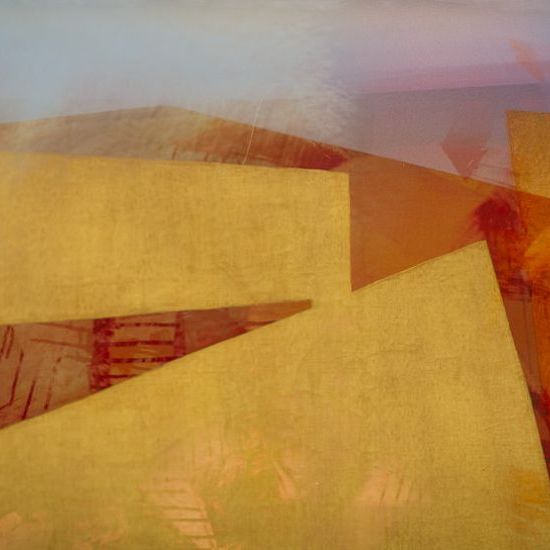
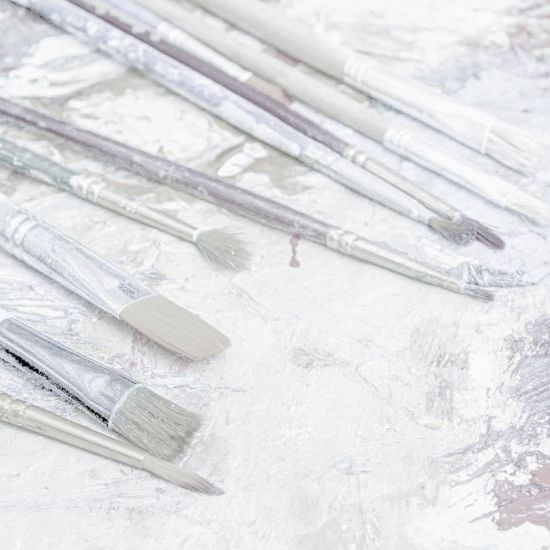

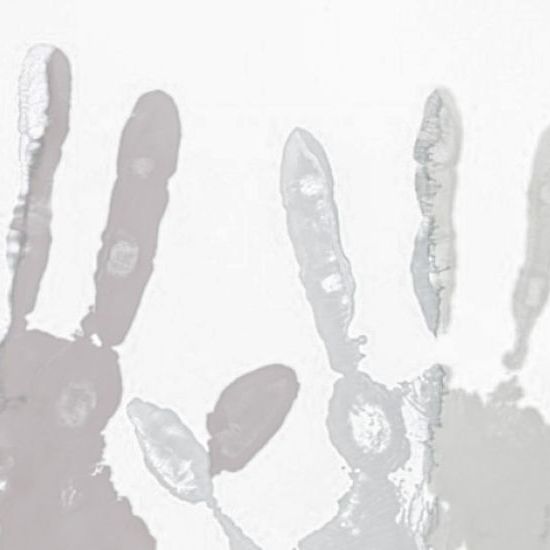
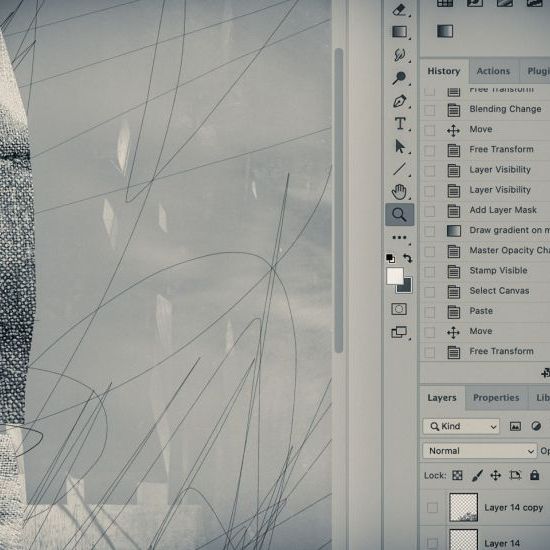
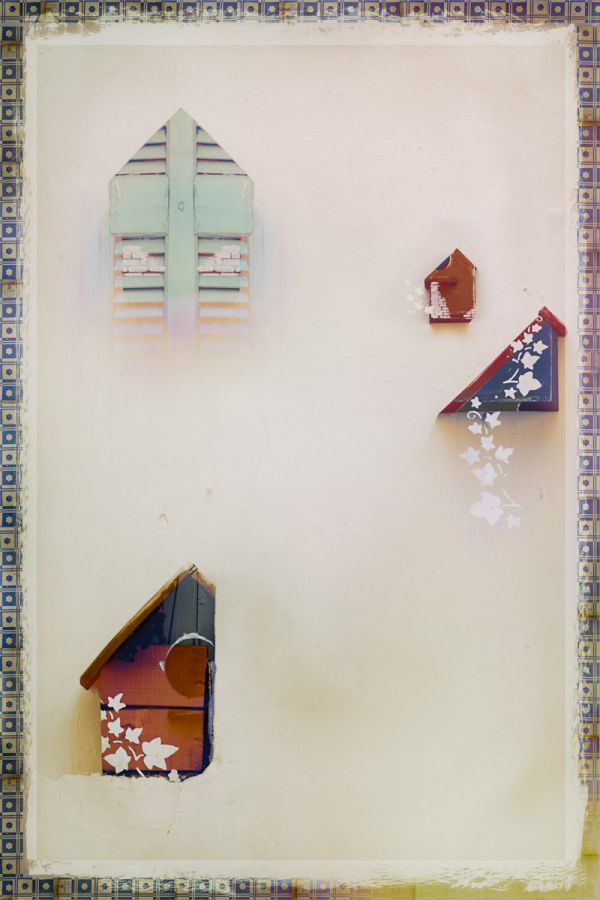
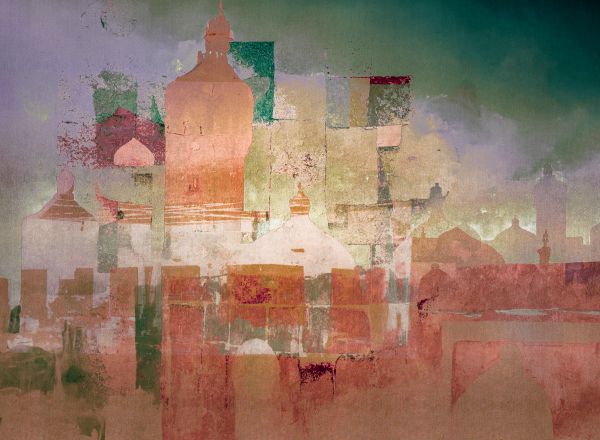
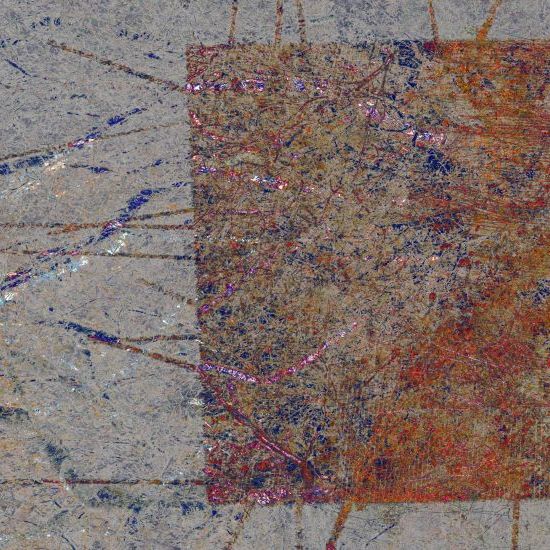
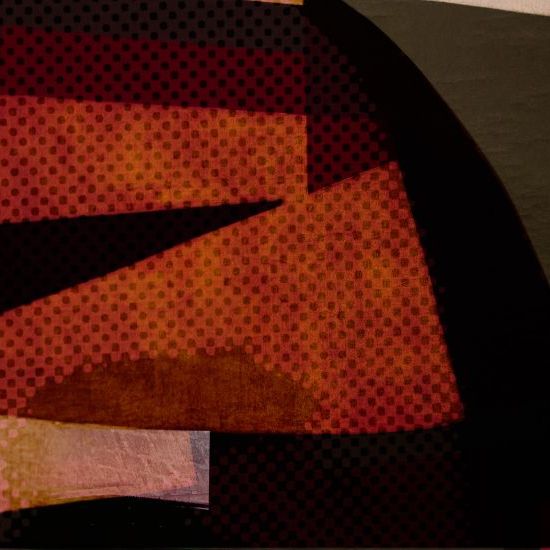

Comments
Leave a Comment
Commenting is not available in this channel entry.